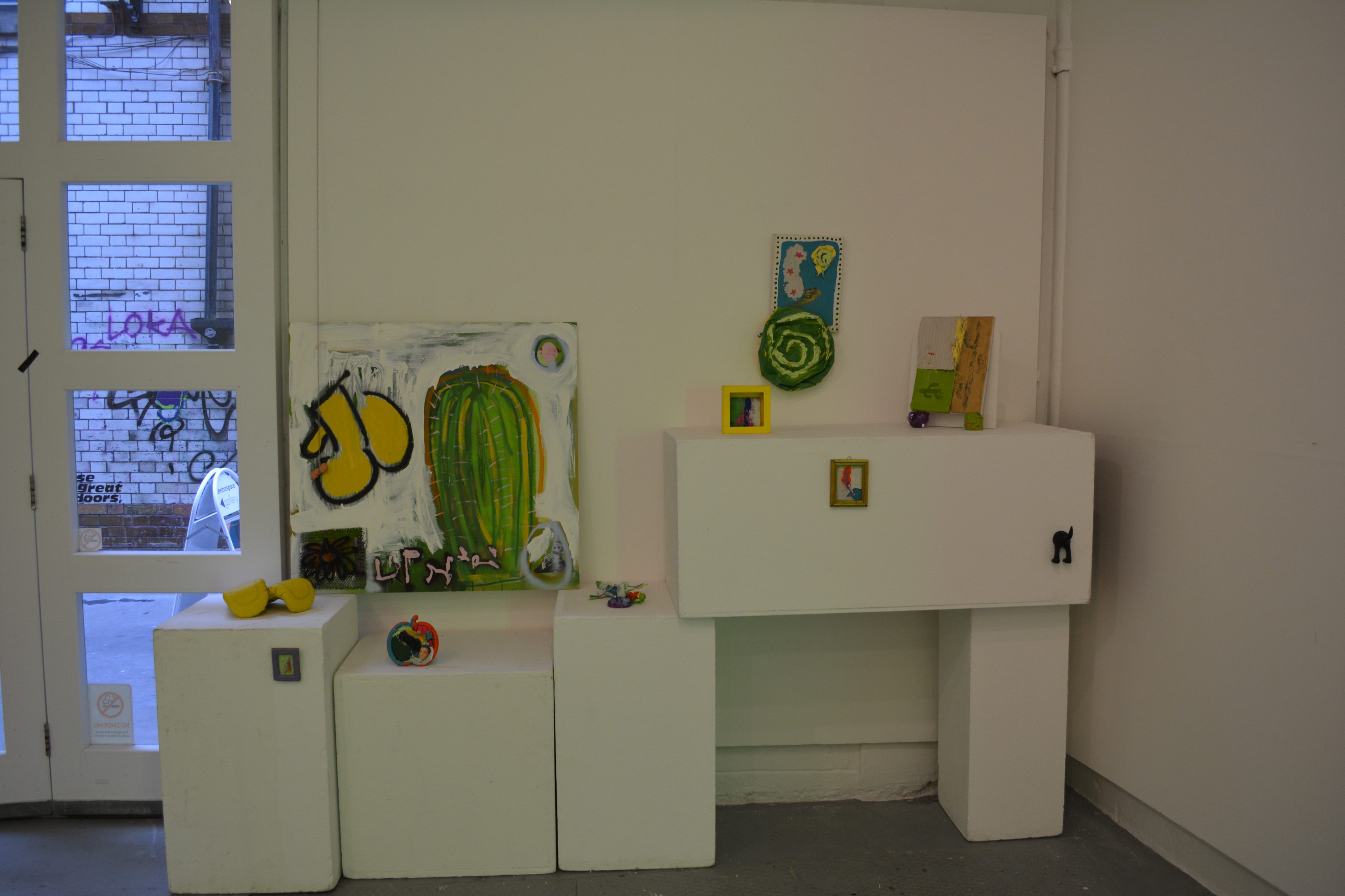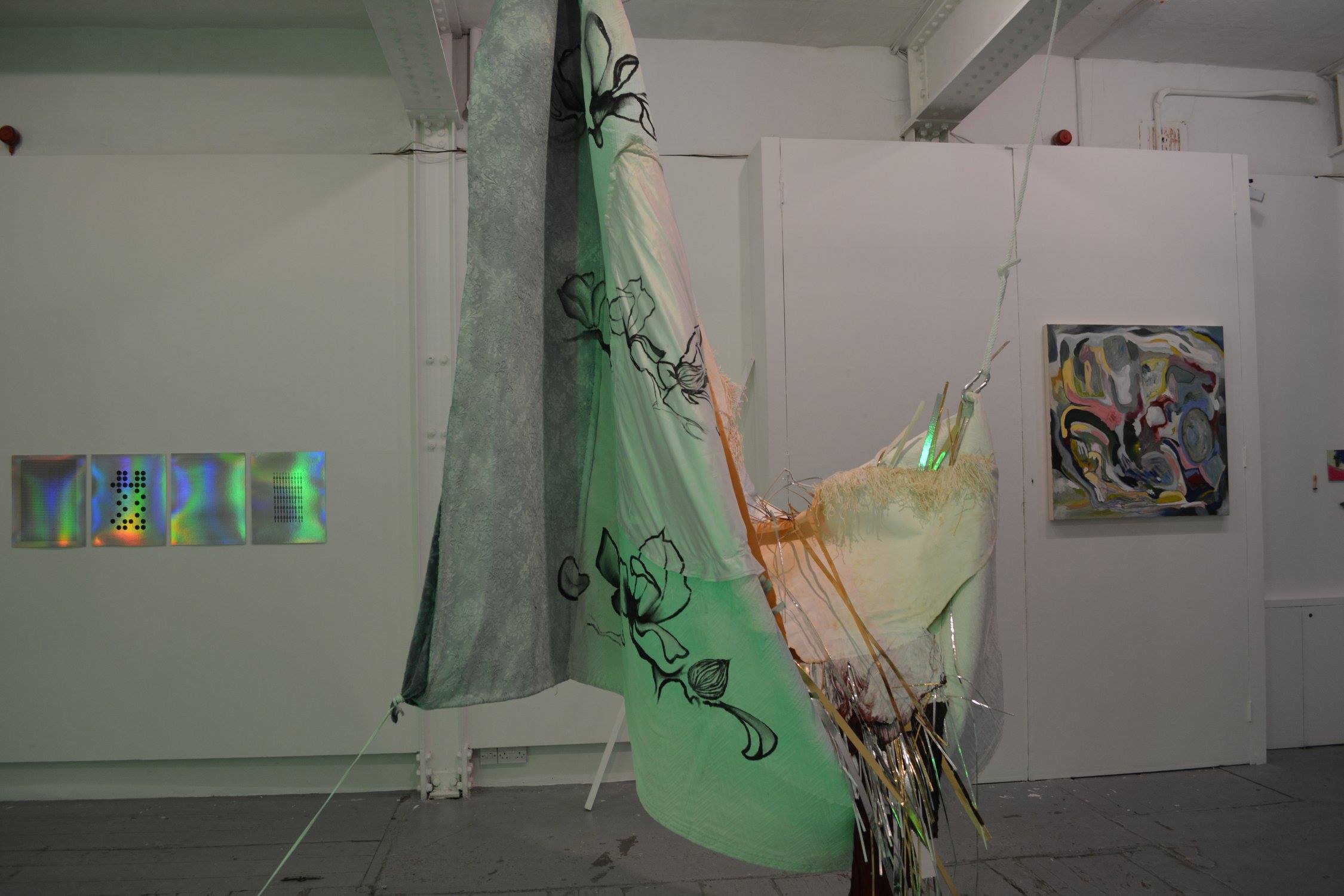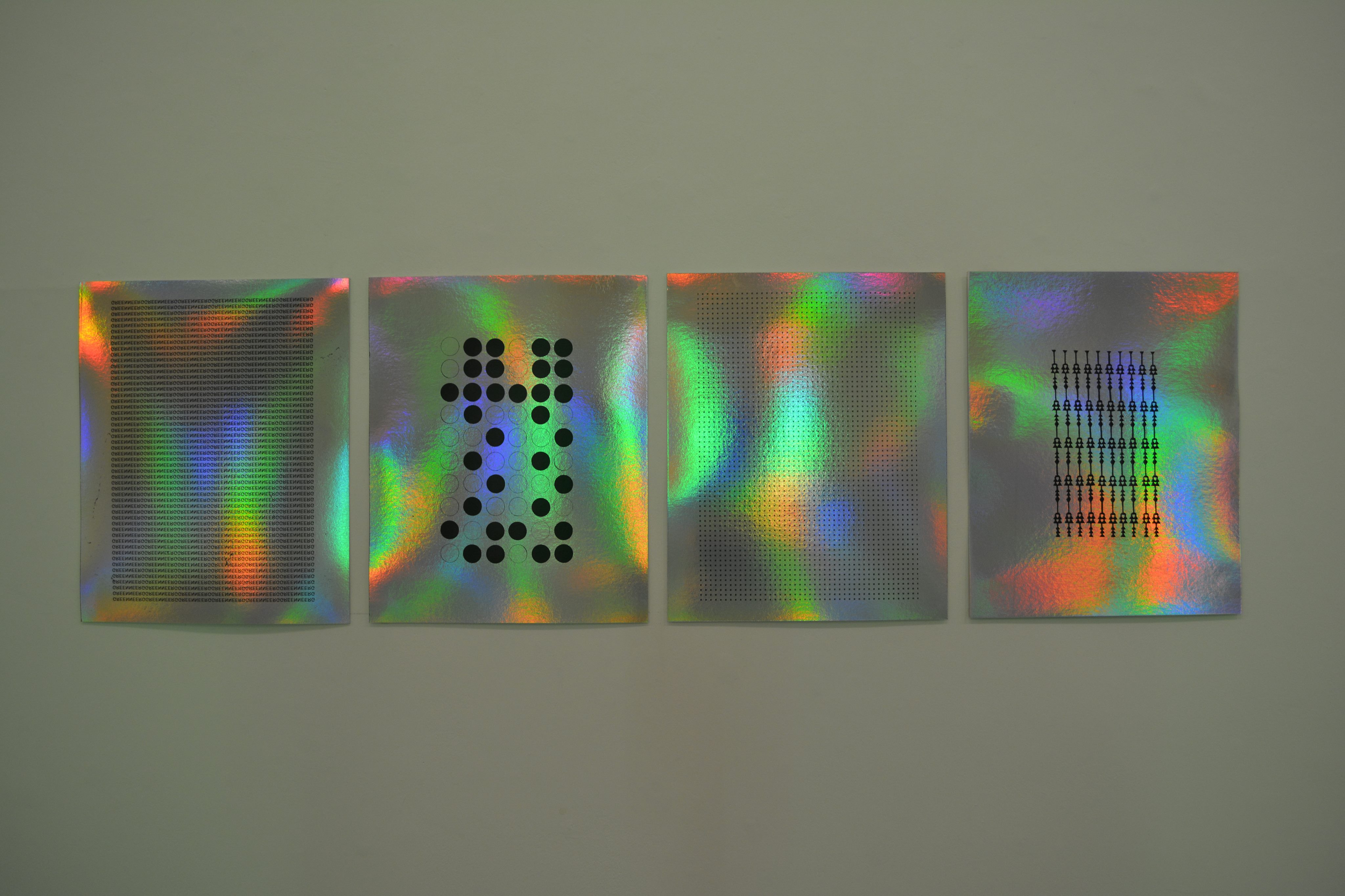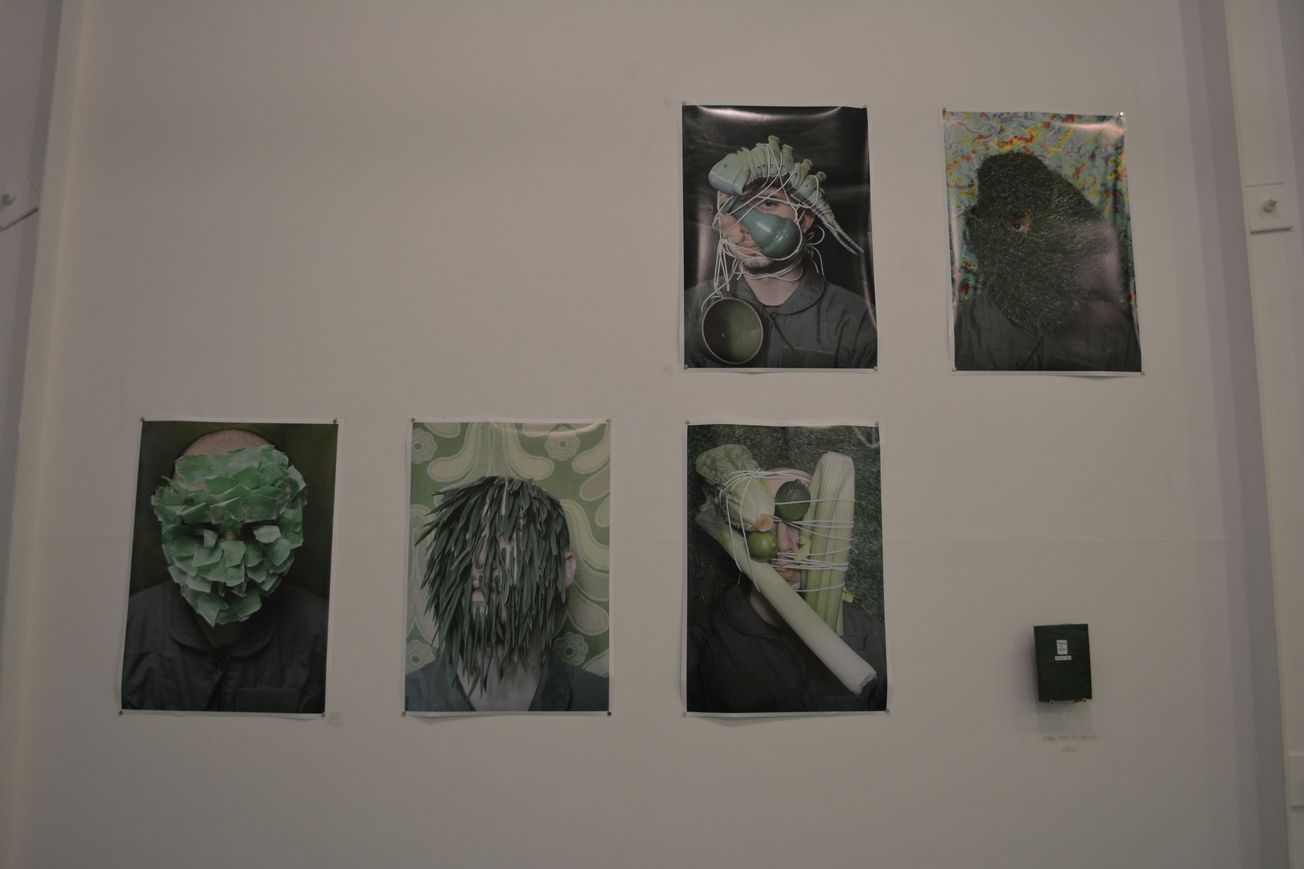By Miranda Smith, third year History of Art
Does environmental art get the green light? Miranda Smith reviews contemporary art exhibition centred around the word 'green' at the Centrespace gallery.
If your preference when visiting art galleries leans toward a more classical definition of art, then this exhibition is probably not for you. The exhibition includes works from ten artists covering multiple different media such as oil painting, collage, and textiles and without a leaflet or much information to go on proves rather difficult to understand.
The theme of the show is an exploration of the polysemantic word ‘green’, the colour which ordinarily in early modern europe linked with wealth and the gentry. In other geographical regions such as Asia and specifically China the colour has positive connotations such as fertility and happiness. Nowadays it is used primarily by political parties and organisations who promote sustainability, the welfare of the planet and the protection of nature.

Epigram / Miranda Smith
The art included has focusses with intertwine with some of the ideas mentioned but one specific artist - William Ford - links his photography directly with nature by covering the faces of his sitters with green vegetables, or grass and occasionally incorporates man made green items amongst the natural elements. For example an image shows a sea creature, a jug and a mug tied to the face of the subject perhaps acknowledges the close link between the natural world and humanity and our reliance on the former.
Another artist includes what looks to be a cucumber or courgette in a painting which also includes boxing gloves and Arabic script. The link here is perhaps to the impact of humanity on the natural world. In front of the painting he has placed an actual pair of boxing gloves identical to those painted. The same artist has also created a collage featuring prints of cacti, as well as a green spiral item resembling a cauliflower, again scattering the man made amongst the natural.

Epigram / Miranda Smith
Another work is an abstract painting which I can make neither head nor tail of. On the right hand side of the image the thing that enters my mind first is that the blue and green circle could be a depiction of the Earth but as a face, a kind of shocked, defeated face. My house mate who studies chemistry sees iron man in the top right corner. Another sees a cat. I’m at a loss.
There are four iridescent silver panels, the first of which simply reads green over and over but upside down. The next looks like a completed othello board but the link between this and the word ‘green’ has clearly gone over my head. Similarly, the third, which is covered in tiny black squares, and the last, which includes what appear to be arrows but conjoined to one another, also baffle me.

Epigram / Miranda Smith
Also included are four metal sheets painted blue and green with splashes of yellow. These seem to depict mechanical machinery and may also be created using metal from such appliances. This perhaps hints at the industrialisation of the world and the lack of care for the environment and the disruption of nature.
On the floor are rows of metal joints, the majority of which are in a near square but three have been displaced I can not imagine why.
Hanging in the centre of the room is a large piece of fabric with ink drawings of floral designs on one side but also with man made fibres attached along the seams, maybe associating the visual similarities between the synthetic and the organic.

Epigram / Miranda Smith
I suppose then the overarching theme is the link between the natural and the fabricated and the effects of this on the environment, but with no leaflet or information online about the contents of the exhibition, without detailed study, the meaning is possibly lost on the majority of visitors.
(Featured image credits: Epigram / Miranda Smith)
Did you see the exhibition? What did you think? Let us know in the comments below or on social media.









